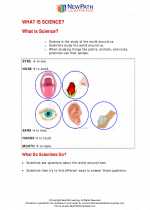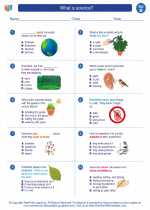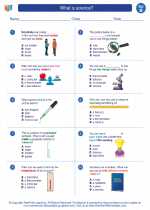Tissues
Tissues are groups of similar cells working together to perform a specific function in the body. There are four main types of tissues in the human body: epithelial, connective, muscle, and nervous.
Epithelial Tissue
Epithelial tissue covers the body's surfaces, lines organs and cavities, and forms glands. It is classified based on the number of cell layers and the shape of the cells.
Connective Tissue
Connective tissue provides support and connects different parts of the body. It includes bone, cartilage, blood, and adipose tissue. Connective tissue is made up of cells, fibers, and ground substance.
Muscle Tissue
Muscle tissue is responsible for movement and can be divided into three types: skeletal, smooth, and cardiac. Skeletal muscles are attached to bones and help with voluntary movement, while smooth and cardiac muscles are involuntary and found in internal organs.
Nervous Tissue
Nervous tissue is composed of neurons and supporting cells. It transmits signals throughout the body and helps coordinate body activities.
Study Guide
- What are tissues?
- What are the four main types of tissues?
- Describe the function of epithelial tissue.
- What are the different types of connective tissue?
- How is muscle tissue classified?
- What is the function of nervous tissue?
[Tissues] Related Worksheets and Study Guides:
.◂Science Worksheets and Study Guides Second Grade. What is science?

 Worksheet/Answer key
Worksheet/Answer key
 Worksheet/Answer key
Worksheet/Answer key
 Worksheet/Answer key
Worksheet/Answer key
 Vocabulary/Answer key
Vocabulary/Answer key
